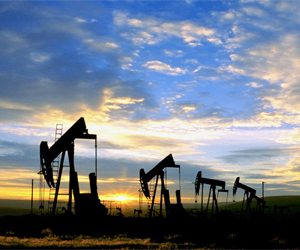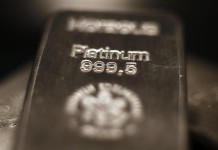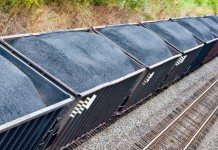
[miningmx.com] – THE decline in the price of oil and the stronger rand may be a positive for the South African economy, driving down fuel and food prices, yet for the R265bn petrochemical company, Sasol, it raises dual questions about the firm’s ability to raise debt for growth and to pay dividends.
That is why the stock has been under such pressure lately. Shares in Sasol were worth 35% more six months ago and there’s no certainty the meltdown in its value is over with some analysts calling a oil price of $40 per barrel ($/bbl) against $48.50 currently for Brent for delivery in March.
From a financial performance perspective, every $1 per barrel decline in the price of oil negatively affects Sasol’s profit from global operations by R750m.
Given that the Brent oil price has fallen roughly $50/bbl from the 2014 average price of $99/bbl, the financial impact is almost hard to imagine.
However, it must be borne in mind that the oil price declines are in near-term prices whereas longer-term futures are priced much higher.
Throughout much of the volatility in the price of commodities, the weakening of the rand against the dollar has provided a compensatory affect. Unfortunately for Sasol, the rand has surprisingly strengthened moving from 11.70 to 11.45 at the time of writing.
Normally, every 10c change in the annual average of the rand against the dollar adds R860 to Sasol’s profits. Last year, for instance, rand weakness was the largest contributor to Sasol’s full-year operating profit.
“What is the impact on Sasol’s ability to borrow?,’ asked Sasha Naryshkine, an analyst at Vestact in Johannesburg. “This would surely affect the ability of Sasol to borrow debt internationally and fund its growth pipeline.’
Sasol last year approved plans to build an ethane cracker at its Lake Charles site in Louisiana in the US and has secured some $4bn in credit for the development.
The ethane cracker makes industrial products, but another, as yet unapproved project, a gas-to-liquids (GTL) plant, is a pure energy play that analysts say needs an oil price of between $80 to $100 per barrel of oil for the product to be competitive.
“The investment case for the ethane cracker is solid because its about high margin plastic inputs. We have made an investment decision on that whereas no such decision has been made about the GTL,’ said Alex Anderson, spokesman for Sasol.
“We said that we’d make a decision on the GTL about two years after the cracker so that means we don’t have to call it until the end of next year,’ he added. “There are other things to clear as well such as environmental issues regarding the GTL plant,’ he said.
So whilst the oil price is important in the short-term effects on Sasol’s earnings, it’s equally, if not more, important to the sustainability of Sasol’s growth strategy, not to mention its future dividend yield which, at 3.4% last year, was competitive.
In fact, Sasol has recorded a compounded average growth rate in the dividend of 18% over the past three years in line with its dividend policy which is to progressively increase it each year. That must surely be under threat if the current oil price weakness continues.
So what of the oil price?
According to Investec Asset Management, Opec’s continued over-supply of the oil market – intended to tame the growth appetite of the US fracking industry – has changed the way oil markets function in the short term.
“This new era of volatility will cause a material slowdown in spending and investment which will balance the market, and this will lead in time to an oil price overshoot on the upside,’ said Tom Nelson and Charles Whall, portfolio managers at Investec Asset Management.
“With all of this in mind we forecast that Brent oil will average $60/$70/$80/$85/bl in the four quarters of 2015, to give a full-year average of $70-75/bl, representing 40-50% upside in the commodity price from today’s level,’ they said.
This article was first published in Finweek on January 16.











